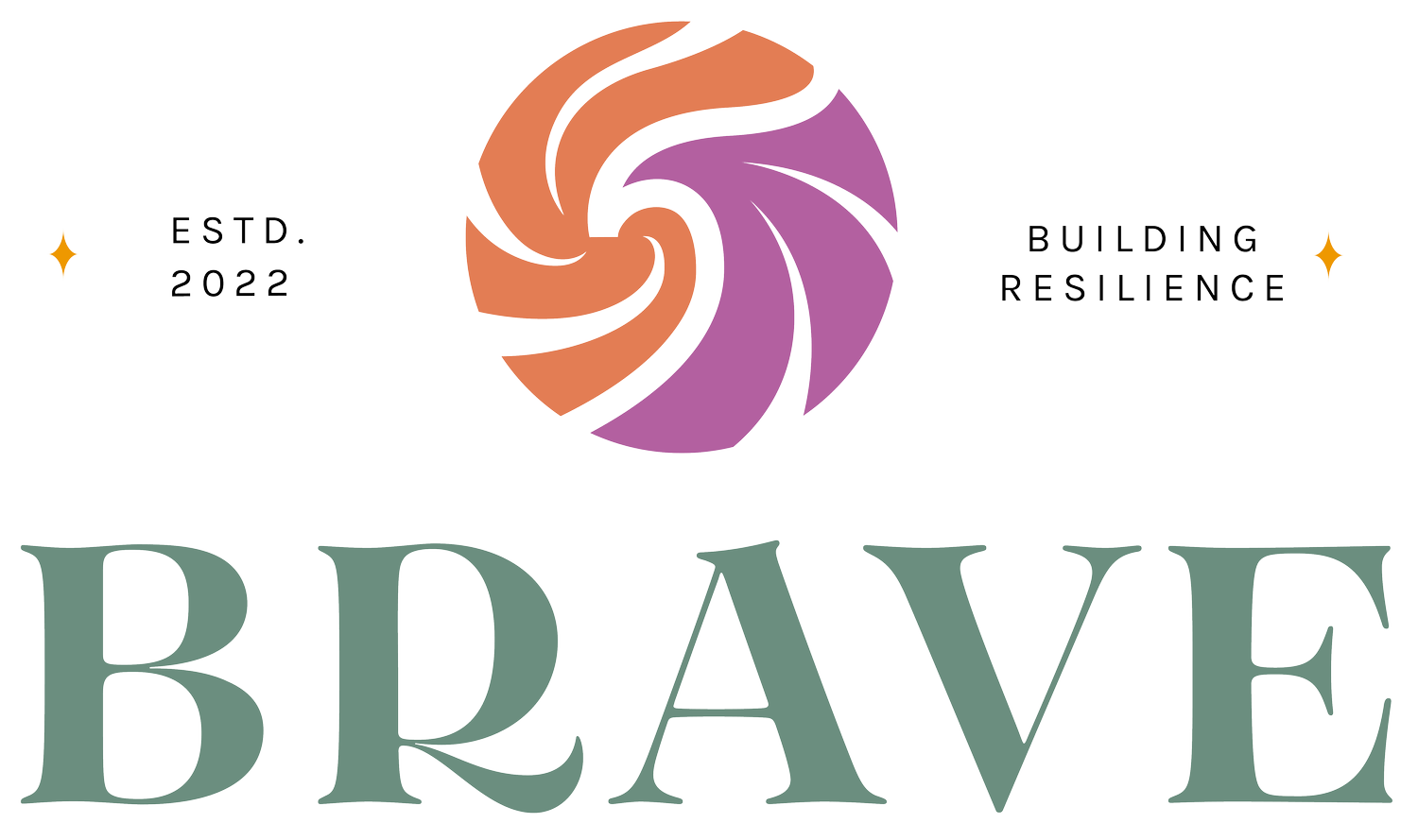What is Vicarious Resilience in Trauma Therapy?
Please note: This blog was originally published on March 18, 2023 and includes updates and additional resources.
You know that moment in session when your client cracks a smile through the tears and something in you feels it too?
Like their shift is happening in your body, not just theirs? That’s what we’re talking about today: the experience of vicarious resilience.
As trauma therapists, we talk a lot about the toll this work takes on us. And for good reason!
Vicarious trauma, compassion fatigue, burnout—these are all deeply real and valid experiences that shape our lives. But what often gets missed is that we’re also changed by the healing we witness.
This blog is about the moments that give something back—not because they cancel out the pain, but because they remind us we’re in this work for a reason.
Human to human.
The Origin of the Term “Vicarious Resilience”
The concept of vicarious resilience didn’t start in someone’s imagination—it was discovered in the field. In 2007 Pilar Hernández and colleagues were researching trauma therapists who worked with survivors of torture and political violence.
Their goal? To study the impact of vicarious trauma and secondary traumatic stress.
But something surprising happened.
Instead of hearing only about the emotional toll, the researchers noticed a consistent theme: therapists describing how deeply nourished, empowered, and transformed they felt through their work.
These trauma therapists were witnessing horrific human suffering—and yet, they were also finding meaning, spiritual growth, and renewed purpose through their clients’ recovery journeys.
The researchers named this phenomenon vicarious resilience.
Vicarious Resilience Is Not the Opposite of Vicarious Trauma
Let’s be clear: vicarious resilience doesn’t undo or erase vicarious trauma.
They’re not opposites—they’re two sides of the same coin. Both arise from empathic engagement, and you don’t get one without the other.
In the therapy room, when we’re truly present with our clients, our mirror neurons fire. Our nervous systems co-regulate. Sometimes your breath matches theirs. Sometimes their breath matches yours. And in that attunement, you’re changed—not just as a therapist, but as a person.
That is vicarious resilience.
How to Recognize Vicarious Resilience in Your Own Work
Most trauma therapists don’t learn to spot vicarious resilience right away, or even know it exists! And so, when it does happen, we totally miss it or downplay it.
We think, “That was just a good session,” or “I’m glad that helped them.”
But hear me when I say this - something changed in you, too!
That client’s tiny risk toward healing? It shifted your nervous system.
Maybe you felt a release in your chest. A softening in your jaw. Tears behind your eyes. That’s not fluff. That’s embodied transformation.
So the first step is learning to notice it:
Do you feel warmth? Gratitude?
A moment where your whole body exhales?
A sense of rightness, even in the middle of the hard?
Start there, give it a name, allow it to be real.
From Noticing to Enhancing: Making Vicarious Resilience a Renewable Resource
Once you’ve noticed and named a moment of vicarious resilience, the next step is installing it in your body—letting it land.
And then, to really let it nourish you, you have to share it.
That’s what we do inside The BRAVE Trauma Therapist Collective. We don’t just talk about how hard this work is—we share what makes it worth staying for.
I teach trauma therapists that vicarious resilience becomes more powerful the moment you speak it aloud to another trauma therapist who gets it.
Just those small interactions where you say, “You won’t believe what happened in my session today.”
And in that moment, you don’t just deepen your own resilience. They get to feel it too. That’s how vicarious resilience multiplies. That’s how it sustains us.
Try This: A Practice for Trauma Therapists
Today, take a moment to pause.
Think about a recent session where you felt something shift in you.
Ask yourself:
What changed in me?
What part of my body remembers it?
Write it down. Let it be real.
Then enhance it—by sharing it. With a colleague, in your journal, in a BRAVE call, or even right here in the comments.
Because this work is hard. And it’s also filled with beauty.
And you deserve to feel that beauty in your bones—not just for your clients, but for yourself.
Want support in practicing this?
Download the free Soft Transitions tool, a guided exercise to help you notice and integrate moments of vicarious resilience at the end of your day.
This practice is simple but powerful.
It gives you a few gentle prompts to tune into your body, acknowledge what you experienced, and create a meaningful close to your workday.
Therapists who use it regularly say it helps them carry less, and connect more.
Plus, it now includes a free AI chatbot I personally built to help guide you through each step and beyond!
And if you’re craving a space to share those moments, BRAVE is here. It’s where we don’t just talk about the hard stuff—we celebrate the healing too.






